Day two of AIC 2011 is about to start. Coverage was light yesterday, but I hope to make today better. Ken Crawford tells us that this is the largest AIC yet! And lower admission prices promised for next year.
First up, Hubble Award winner Ron Wodaski, author of The New CCD Astronomy, and truly one of the fathers of amateur astrophotography. Ron says we are all Astro-Quixote, in a constant search for more aperture, exposure, and data.
He’s building Tzec Maun observatory and putting a one meter scope in it. Lots of great details on the scope and camera, all going in a 50′ dome that was an old Air Force satellite reconnaissance station. Tzec Maun Foundation provides free access to high quality telescopes to students. Control system communications are HTTP and JASON, they have built a networked ASCOM compliant structure for controlling the scope and other systems. They are looking for research proposals and will offer paid access as well.
Next, Steve Cannistra on wide field image processing. Excellent definition: wide field is complete, has multiple related objects, and its impact depends on the whole frame. Wide field images area not high resolution and therefor less affected by seeing. He is using a Monet image as an example of how low resolution image can be quite beautiful image. Jay GaBany used impressionist paintings as examples yesterday. An impressionist theme is emerging at the conference.
Another theme: don’t bin RGB data. Cannistra feels that you lose good detail. Steve Leshin, Don Goldman, and Jay GaBany also said they do not bin their color. I think this reflects the ability to take more time imaging. Contrary to others, Jay does not feel that you need to get the chip that cold. He feels that -15C to -20C is enough. Jay GaBany and others said as cold as possible.
On resampling, don’t use bicubic. This reinforces last years lesson to use nearest neighbor for resampling. He suggests using GradientXTerminator on each channel separately to best eliminate gradients, using different aggressiveness and scale settings for each. Don’t use a fully processed Ha image to combine with RGB, because non-linear stretch will not match. Adding Ha to blue channel reduces good spatial information in the blue channel. So add OIII to blue and green. A key idea is to add narrowband as part of an RGB, not artificial palate, image. Noise reduction can eliminate faint detail, which is a loss to the image.
Astrophotography is a way to share what can be seen and a moment in time. It is a remembrance and celebration of a moment, just like other photography. Not science but art. Apologies if I haven’t captured Steve’s sentiments fully.
Nick Risinger is up, on a major mosaic project — a full night sky image. Captured with a unique six camera setup over an entire year, this is an absolutely stunning project. Used Maxim DL to reduce and IRAF to combine differing length exposures into one high dynamic range image. Images were standardized against full sky data from Pioneer. Just an amazingly brilliant approach. Open source for matching the mosaic and then PixInsight to create the final color image. Click the link above to check it out.
After lunch and we have Alex Filippenko to talk about some real scientific astronomy. All about black holes. Finding visual counterpart of gamma ray bursts is a good area for pro-am collaboration.
After that interesting presentation we have Peter Kalajian on Flat fielding. Flats fix dust and vignetting by dividing the raw light by a normalized value from the flat, with darks taken out in both cases. It is important to dark subtract your flats as that will change the normalized flat value (normalized is the flat value per pixel divided by the average value of the entire flat).
For good flats, evenly illuminate, just below non linear level of CCD, longer than 2 seconds to eliminate shutter effect, and use good darks. Go for million photon flats totaling across all frames.
Sky flats are for professionals, using the sky over a long period of time. We should say twilight flats for what amateurs typically use. Twilight flats have challenges, can be good, but are not repeatable. Light boxes need careful construction but give good flats. Electroluminescent panels can be good. Make sure to pick a full spectrum panel. Looking at the flat can help you diagnose the imaging train. Focus does not effect flats. Rotator position is not important IF your camera is directly on the axis. (Not for my set up!).
Now for the spotlight presentations. First up is Dr. David Maertinez-Delgado talking about stellar streams. Theory predicts streams around galaxies, but they are very faint. Astronomers are looking for evidence of the streams in both the Milky Way and other galaxies with the help of amateurs.
Dean Salman on creating a Sharpless catalog. An ambitious project. And some very nice images.
Joel Hagan, speaking about Mars surface imaging. He puts together images from the Mars missions. Makes the images perceptually easy to understand. Also some very cool work in creating 3D images.
And it’s a wrap for the day!
Like this:
Like Loading...

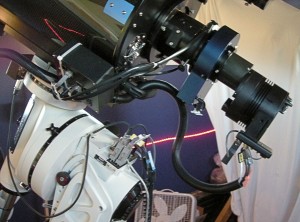
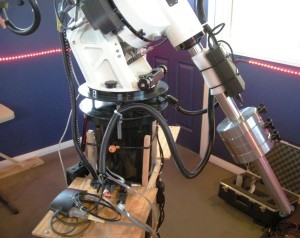
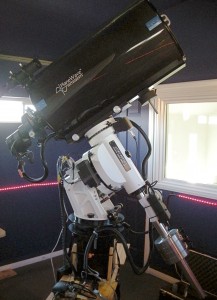
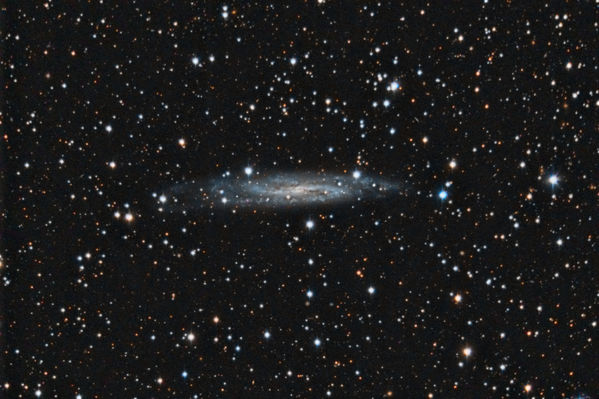
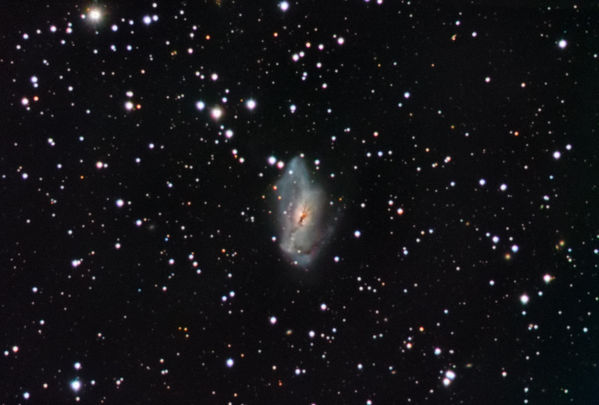
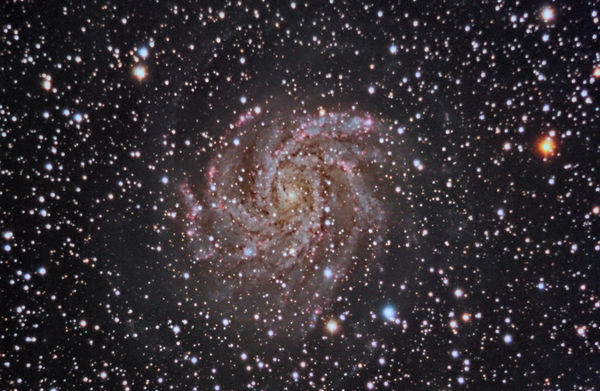

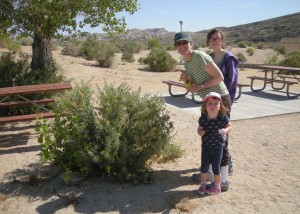
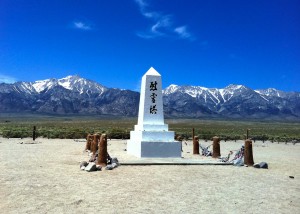
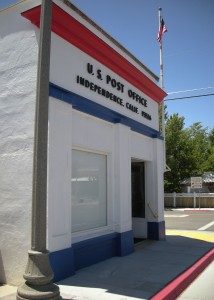

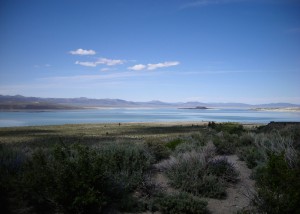
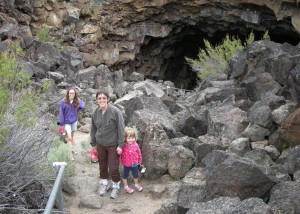
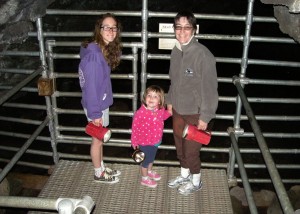
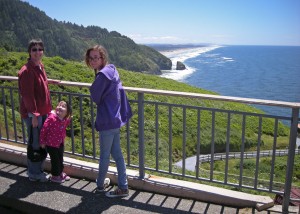
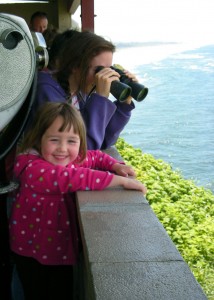
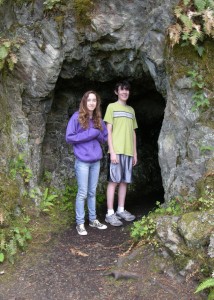
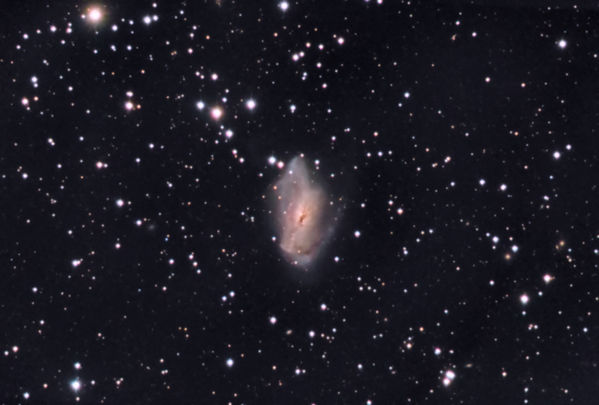
You must be logged in to post a comment.